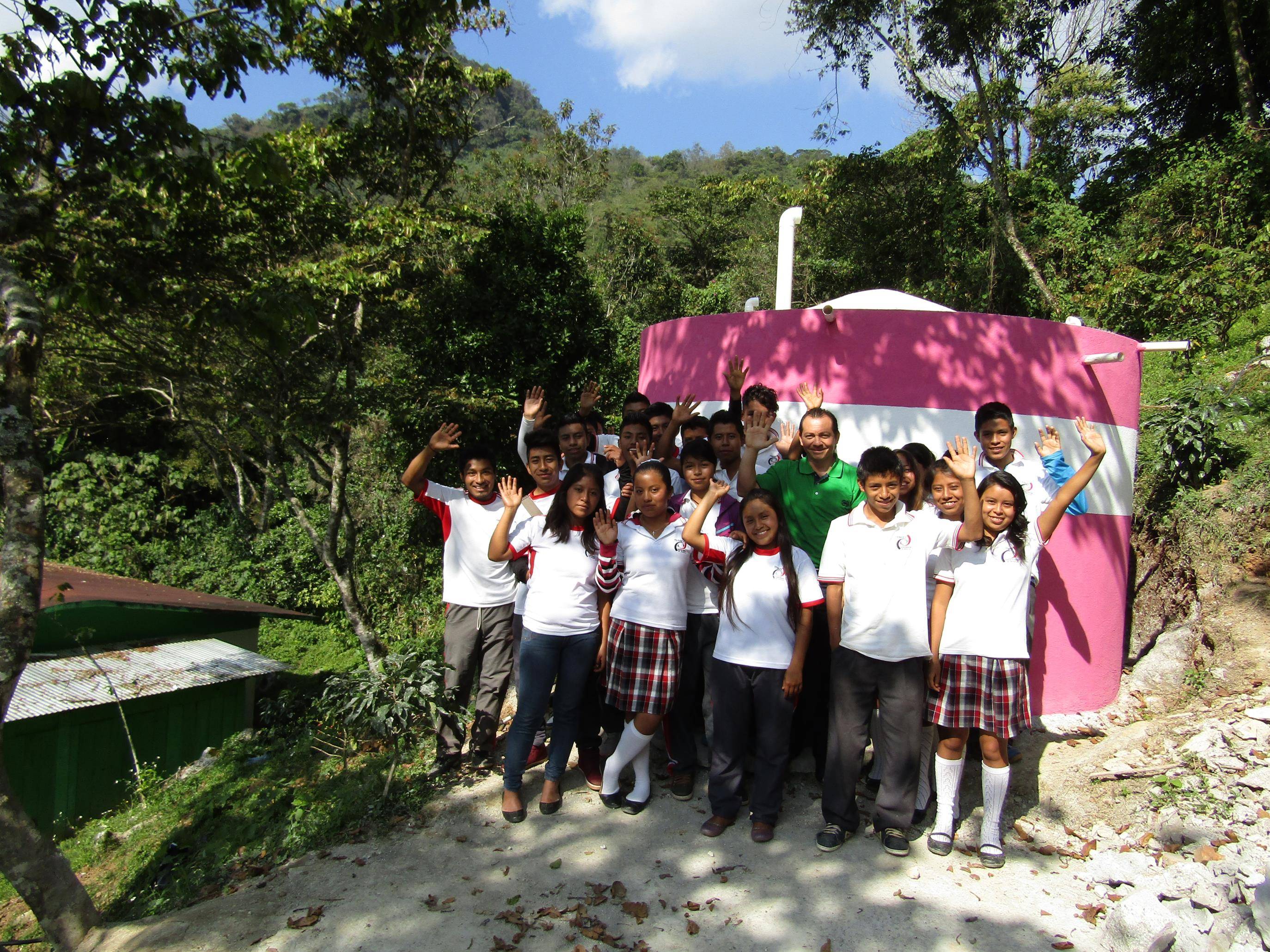To effectively conserve natural resources and facilitate sustainable development, a shift in perception must occur so communities and governments view PAs and natural resources as productive units of the economy, rather than resources under siege from development sectors and local communities. In the lower Mekong countries, attitudes are changing and governments are beginning to perceive PAs as economic assets carefully conserved for the development benefits they provide. While this shift is still occurring, governments are moving towards a situation where the natural capital held in PAs is subject to regular stock taking with the results reflected in GDP and budgets. Member states understand that investing in PAs and natural capital ensures resources are sustained, restored and expanded so they continue to produce ecosystem services vital to development and economic expansion.
For this building block to be successful, citizens and industries must directly benefit from the conservation of natural resources and expansion of PA networks. Direct benefits may take the form of water filtration, flood control, fisheries production, etc. If citizens and industries do not directly benefit, they will fail to see the value in expanding PAs. Success also depends on the commitment of governments to financially invest in the upkeep and expansion of PAs and their resources.
All PAs need to have their values expressed in economic terms which can be communicated in annual and long term budget submissions. Valuations should be part of PA management plans and environmental assessments associated with development proposals affecting PAs.
Each sector needs to be made aware of the development benefits they do or might receive from PAs.
Those benefits and their maintenance should be recognised in sector plans and budgets.
A more systematic application of the beneficiary or user pays approach in all sectors is needed requiring supporting economic policies and instruments. Pilots already carried out, for example, the Lao hydropower levies, should be applied consistently and replicated in neighbouring countries.
Users of PAs need to become involved in their management and protection. New collaborative management approaches will be required relating to specific areas, resources and rights of access and to the services and products PAs provide.
Underlying all these new directions, is the need to build the capacity, skills and budgets of PA managers.
